Nova Scotia’s native plants stir spirits with sweet and salty seaside scents
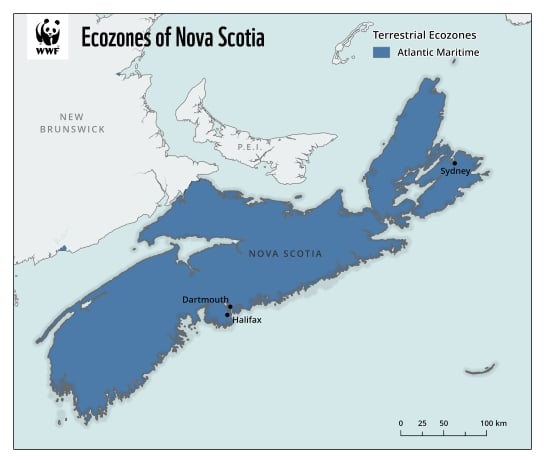
Wherever you go in Nova Scotia — from the dizzying cliffs of the Cape Breton Highlands and the fertile Annapolis Valley to the dramatic rocks of Peggy’s Cove and the drastic tides in the Bay of Fundy — you’re never more than 60 kilometres from the ocean. The entirety of the province’s peninsula and islands fall within the Atlantic Maritime terrestrial ecozone, with a relatively cool but humid climate and coastal areas that experience moderate temperatures due to the ocean’s influence. But despite its fame as an “ocean playground,” Nova Scotia’s mixed forests and wetlands also feature prominently among its landscapes, collectively hosting about 2,400 plant species.
What’s that on the breeze? It could be the salt air, sure, or maybe it’s a sweet or spicy scent emanating from one of these three native plant species. (To learn about native plants in some other regions in Canada, check out our posts on B.C., Alberta, Saskatchewan, Manitoba, Ontario, Quebec, New Brunswick and Nunavut).
Trailing arbutus
Also known as the mayflower, trailing arbutus (Epigaea repens) is Nova Scotia’s provincial flower. Its five-petaled pink or white flowers are a cheerful sign of spring that later gives way to a fleshy white fruit enclosed in a hairy capsule. Wide, oval shaped leaves stay on the plant throughout the winter. Trailing arbutus plants form a low mat up to 15 centimetres tall.
This plant is renowned for the sweet fragrance of its flowers and leaves, sometimes compared to jasmine.
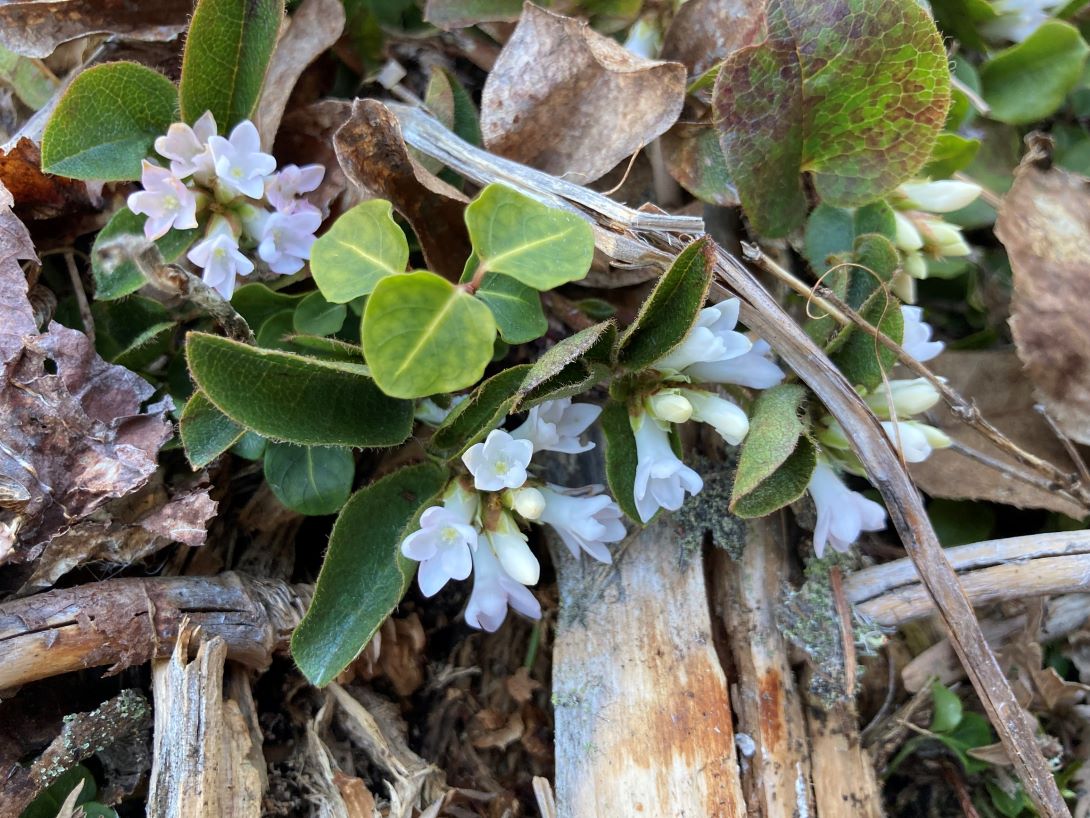
Growing tips
Because trailing arbutus plants are sensitive to disturbance and grow slowly, they aren’t the best candidate for your garden. A better approach is to seek them out in woodlands and clearings across the province in early spring — keep an eye out for them (and follow your nose) in spots with thin leaf litter. Note that these flowers prefer sunny or partially areas with moist, well-drained acidic soils.
In addition to Nova Scotia, trailing arbutus is native to the other Atlantic provinces as well as Quebec, Ontario and Manitoba.
Benefits for wildlife
Several parts of the trailing arbutus plant provide food for wildlife: caterpillars of the hoary elfin butterfly munch on flowers and new growth, bumble bees drink nectar and gather pollen while pollinating the flowers, and birds and small mammals eat the seeds and fruit.
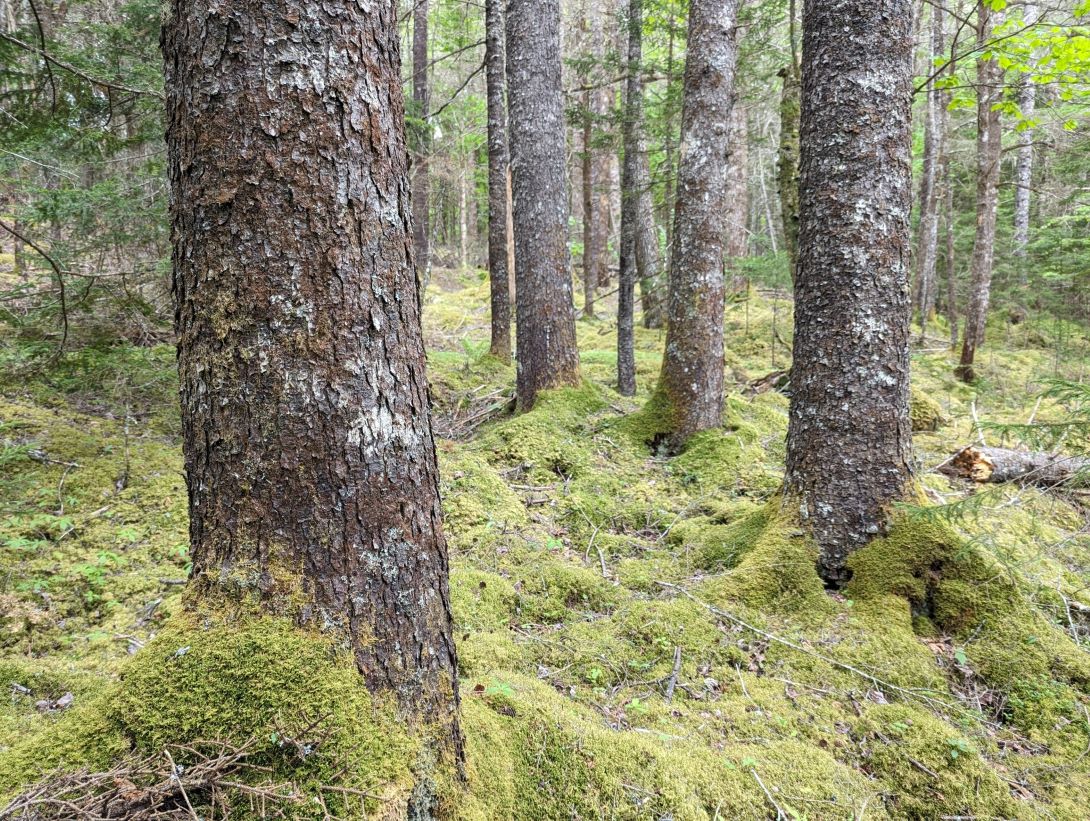
Red spruce
Another species chosen to symbolize the province is the stately, adaptable and serviceable red spruce (Picea rubens). This roughly cone-shaped conifer bears four-sided, yellow-green, shiny needles which some say give off an orangey aroma when pinched. This tree’s branches curve upwards towards the tips, and it produces brown seed cones up to 4.5 centimetres long. Red spruce can grow up to 25 metres tall, as high as some six-storey buildings, and live up to 400 years.
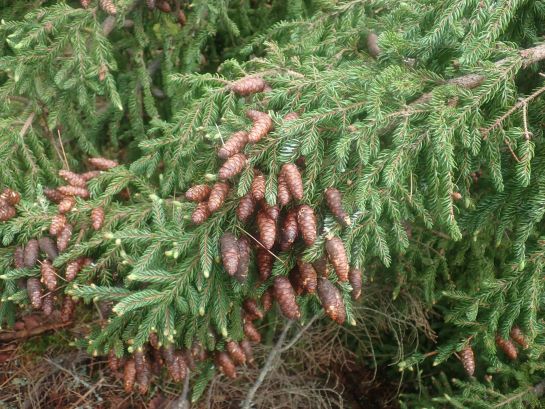
Red spruce wood is valued for its resonant qualities and used to make parts for musical instruments. These trees are also used for lumber and pulp and as Christmas trees. Mi’kmaq traditionally make its resin into spruce gum which can be used medicinally and in canoe building. For centuries, people in North America have used young twigs in making spruce beer.
Growing tips
Red spruce is an attractive addition to the landscape that works well in a hedge or as a windbreak. It’s a good choice for spots that already have some shade as it tolerates low light conditions. Select an area with moist, well-drained soil. This is an excellent native species to grow across the Maritimes. It’s also native, though less abundant, in Quebec and Ontario.
Benefits for wildlife
Forests with red spruce provide shelter from the snow for moose and deer in winter and are home to a variety of birds throughout the year. Squirrels and birds eat the seeds when the cones open up in fall.
Northern bayberry
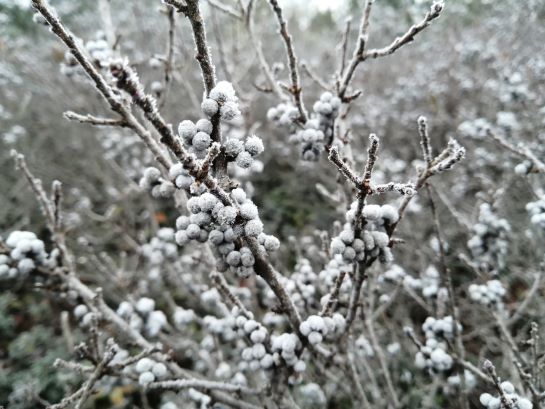
The blueberry may be the first fruit that springs to mind when you think of Nova Scotia, and for good reason: wild and cultivated blueberries are key contributors to the province’s economy. But another shrub worth knowing and growing is the northern bayberry (Morella pensylvanica).
This native species produces yellow-green catkins (elongated flower clusters) in spring, but these aren’t the main attraction. In late summer and fall, it forms whitish-blue berries with a frosted appearance that remain clustered around the branches into winter. While they aren’t delicious like blueberries, bayberries can be boiled to give off a fragrant wax used to make candles and soaps. This shrub’s narrow, shiny green leaves also smell pleasant. Mi’kmaq traditionally use roots and leaves of kljimanaqsi (this species’ name in the Mi’kmaq language) for medicinal purposes.
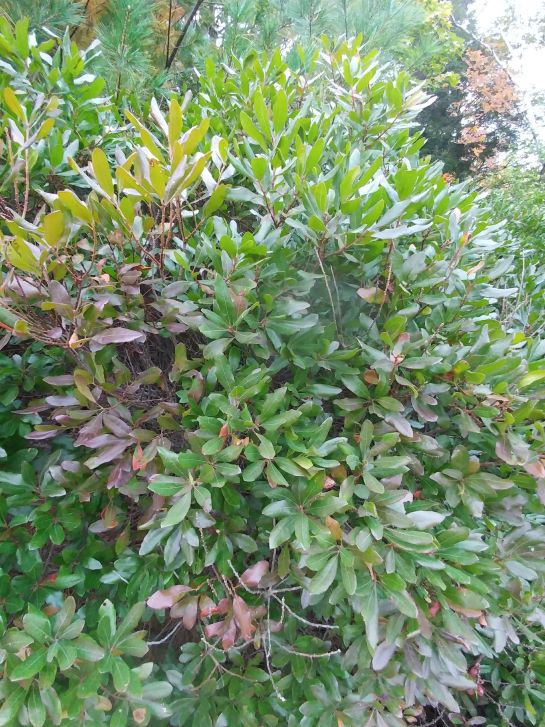
Growing tips
A versatile shrub, northern bayberry grows well in difficult terrains including sand, gravel and acidic soil and in a variety of light and moisture conditions. It tolerates drought, salt spray from the ocean or road, and wind. The roots
help stabilize shorelines to control erosion. Northern bayberry also spreads via these roots, forming an attractive mass or hedge 1.5-4.5 metres tall that can be neatly trimmed into shape if desired.
Check for this native species in nurseries in the other Atlantic provinces as well as Nova Scotia, and in Ontario and Quebec. In nature, seek it out along coasts and in wet woodlands.
Benefits for wildlife
Northern bayberry is pollinated by the wind, not pollinators. However, birds like thrushes, waxwings, gray catbirds and yellow-rumped warblers eat the fruit and disperse the seeds; the digestion process removes the wax coating, which allows the seeds to germinate.
Help restore native plant life across Canada
Learn more about native plants in Canada and how you can help restore wildlife habitats by growing them. Visit wwfcastg.wwf.ca/regrow.

